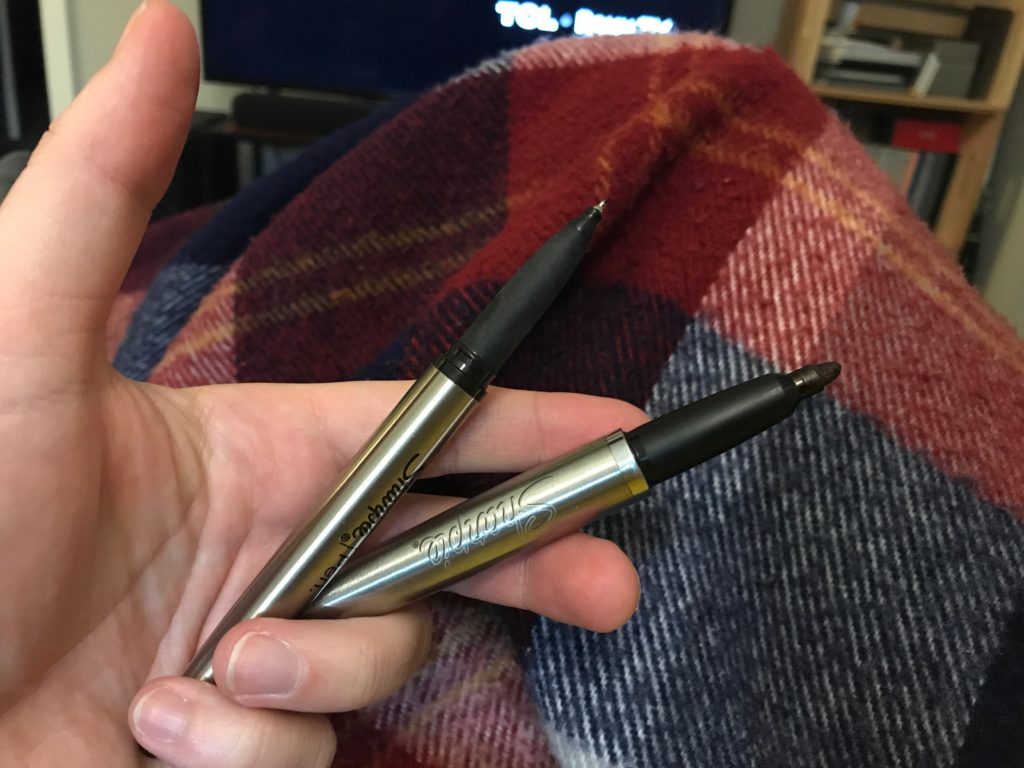I’ve always been enamored with product ecosystems. It’s rare that I’ll buy anything without researching what kind of accessories I can get with it. Does it have an official case, pouch, or sleeve? Can you change the tip, the handle, the grip? What can I upgrade? What can I combine it with?
LEGO was both spark and fuel for this interest in my life. Heck, it used to say “system” right there on the boxes! In a time when so many toys required costly batteries that barely lasted a day, or were part of some computer or video game console with exacting hardware specifications, there were always two things you could trust about LEGO:
- Whatever came in the box was complete unto itself — no add-ons required.
- Anything that said LEGO would work with anything else that said LEGO.
Sadly, LEGO were the exception, not the rule. Nearly every other consumer brand seems to quickly abandon their systems. They stop making the filters. They stop making the refills. The new bags don’t fit the old vacuums. The old bags don’t fit the new vacuums. And where am I supposed to plug in these headphones I just bought?
Thrift stores — which I have spent a LOT of time in, for what it’s worth — are full of consumer product system garbage. Shrink-wrapped square pegs abandoned forever because now all the holes are round. Printers that will never print again, vacuums that will never vacuum again. Refill pages for planners no one makes anymore, planners you can’t refill because they don’t make the paper anymore. This isn’t limited to electronics, though that’s often the most visible — huge bins full of cables and connectors and docks that came to this country on big ships just a few years ago and will go back on big ships a few years from now to be melted and scrapped, or just dumped in the nearest landfill.
Planned obsolescence is part of it, though I suspect Apple’s billions in cash has little to do with how many lightning cables they’ve sold. Rather, I have two notions on what contributes to this phenomenon — one sinister, one benign (though depressing).

Notion one: the vultures in marketing know that the idea of a product system (reusable, refillable, recyclable!) appeals to tree huggers like me, and they deploy this idea without any intention of supporting the “system” beyond the initial launch. They know they can trick people into paying a premium price for the core product, especially if it’s typically a disposable commodity (like my markers, above), if they market it as part of a system.
Notion two: the product team earnestly intended for their system to be a success, but lack the political power within their organization to sustain it. Someone new decides it’s not making enough money, or that they want people to buy some new thing instead.
Whatever the case, the frustrating outcome is that so many things that get marketed as renewable and “green” actually end up being the opposite — more materials are consumed in making the core item, and all of the various add-ons and accessories become insta-garbage as soon as the system collapses.
